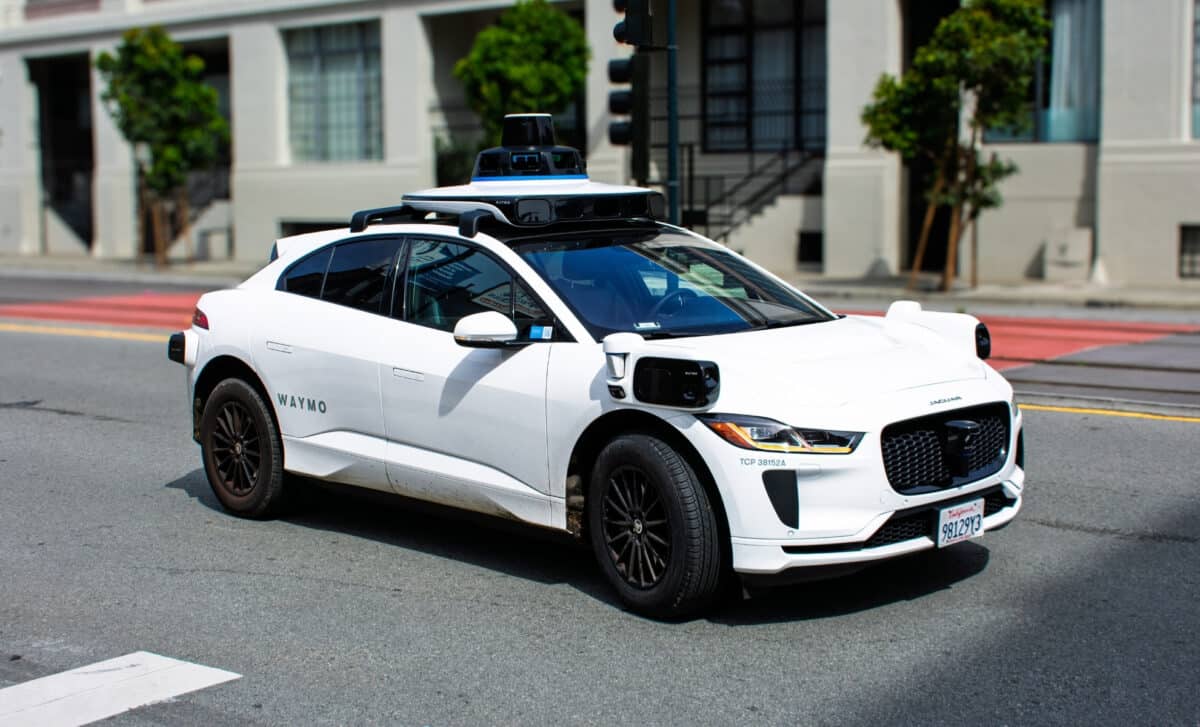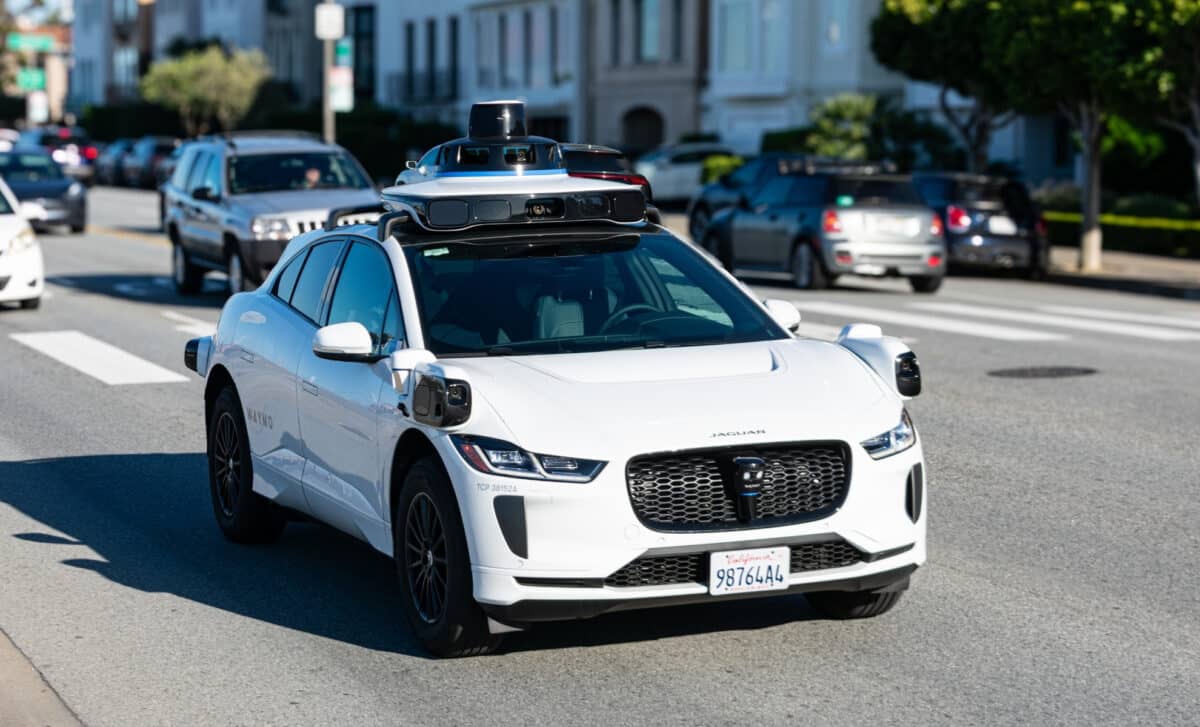About 2,000 Waymo vehicles are now under review by the National Highway Traffic Safety Administration (NHTSA) as the agency evaluates how the company’s systems respond to critical traffic safety situations involving school buses.
This investigation centers on an incident that took place on September 22 in Atlanta, where a Waymo vehicle equipped with the company’s fifth-generation automated driving system failed to remain stopped as a school bus unloaded children. The vehicle initially stopped behind the bus but then drove around it, passing the left side while the bus’s stop arm was extended and its red lights were flashing.
The situation has reignited debate about enforcement gaps in traffic laws when autonomous vehicles are involved. Unlike human drivers, robotaxis can’t be issued traditional traffic tickets, which raises questions about accountability in cases like this one. While Waymo insists its technology is making roads safer, federal regulators appear unconvinced.
Federal Scrutiny Targets Core Safety Functions
The NHTSA’s preliminary evaluation focuses on how Waymo’s autonomous driving system handles scenarios involving stopped school buses—a critical benchmark for traffic law compliance. According to the investigation file, the agency suspects that similar violations may have happened previously, and the current case may not be isolated.
In the Atlanta incident, the school bus was partially blocking a driveway from which the Waymo was exiting. Though the vehicle initially halted, it then proceeded to drive around the bus, passing dangerously close to children as they disembarked. As cited in the Los Angeles Times, the bus had its stop arm extended on the left side and a traffic crossing control arm extended on the right, both clear indicators for all traffic to halt.
Waymo claims that the vehicle maintained a safe distance from the children, but the NHTSA appears focused on whether the system itself can consistently interpret and respect traffic laws surrounding school buses.

Enforcement Challenges Highlight Legal Gray Zone
One of the biggest hurdles to regulating autonomous vehicles is the lack of legal clarity around enforcement. Police officers in San Bruno, California, recently witnessed a self-driving Waymo make an illegal U-turn at a traffic light. Despite observing the violation, they couldn’t issue a ticket, as there was no human driver inside the vehicle.
The San Bruno Police Department contacted Waymo directly to report the offense—an unusual and cumbersome process that reflects the current gap in legal infrastructure. While California lawmakers have passed legislation aimed at improving oversight of self-driving cars, critics argue that it still falls short of allowing police to intervene in real time.
A Waymo spokesperson acknowledged the issue, stating that its vehicles are “already subject to close, ongoing oversight by California regulators” and emphasizing that their driving system “is designed to respect the rules of the road.”
Company Defends Performance, Promises Updates
In response to the Atlanta incident and the broader investigation, Waymo said it has already implemented software updates to improve how its vehicles respond in similar scenarios and plans further refinements. The company continues to stress that its self-driving technology contributes to safer roads.
Waymo pointed to internal data suggesting a fivefold reduction in injury-related crashes compared with human drivers. Despite this, the company has experienced a series of setbacks in recent months, including minor traffic violations and public criticism over the lack of real-time accountability.
Since November, Waymo has been operating in Los Angeles and expanded its coverage across both L.A. and San Francisco over the summer. The company says it provides hundreds of thousands of fully autonomous paid rides each week, even in complex traffic environments.









